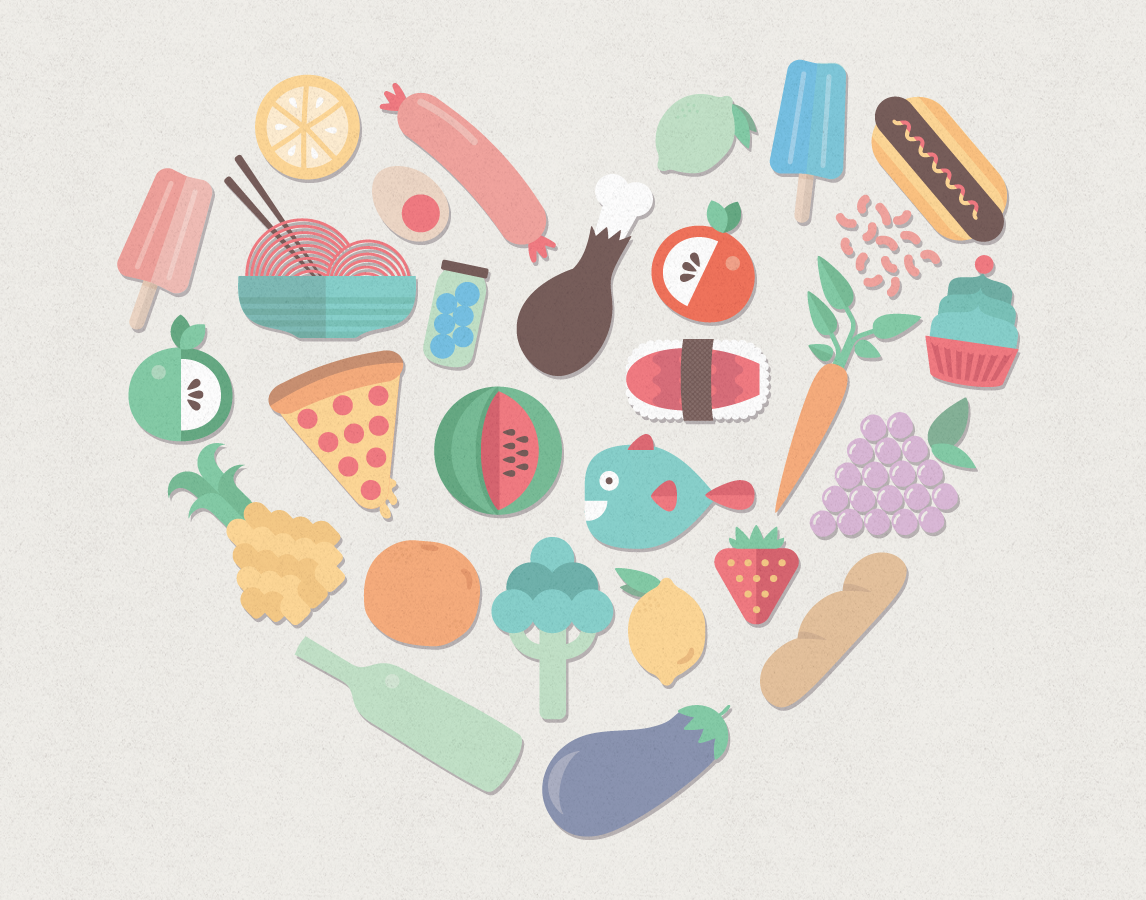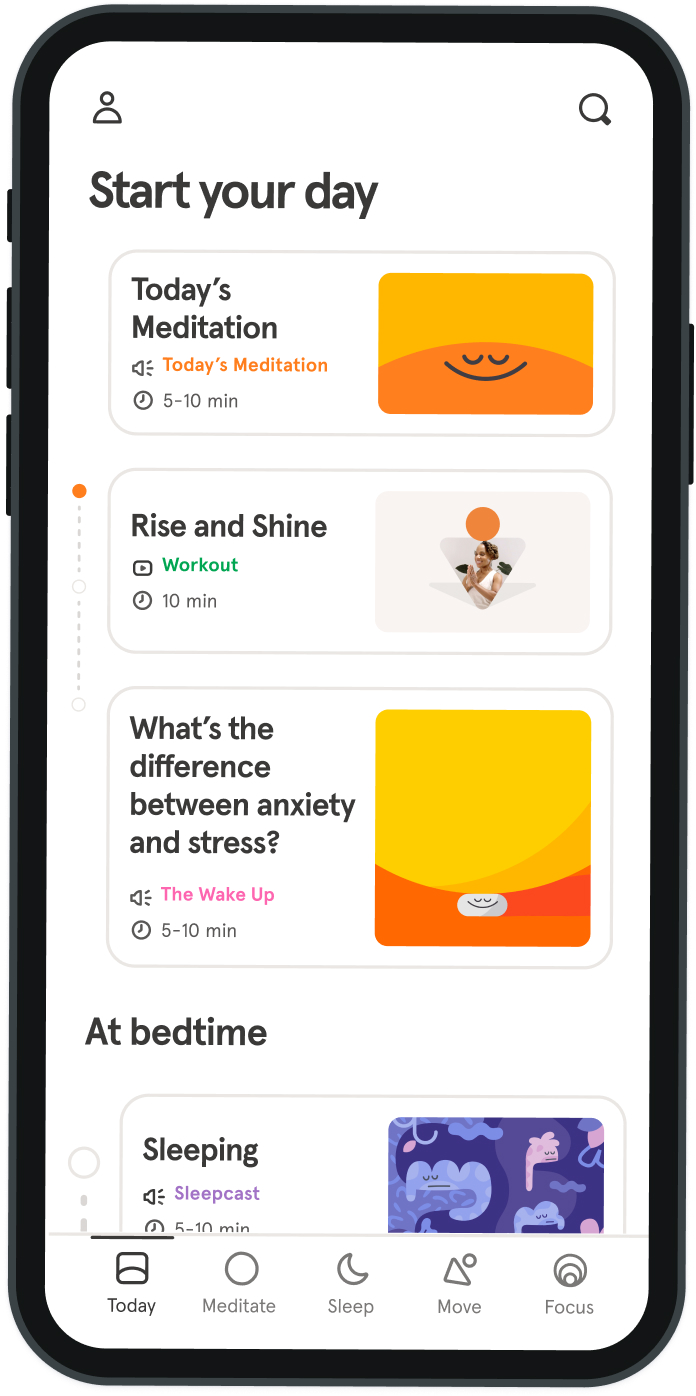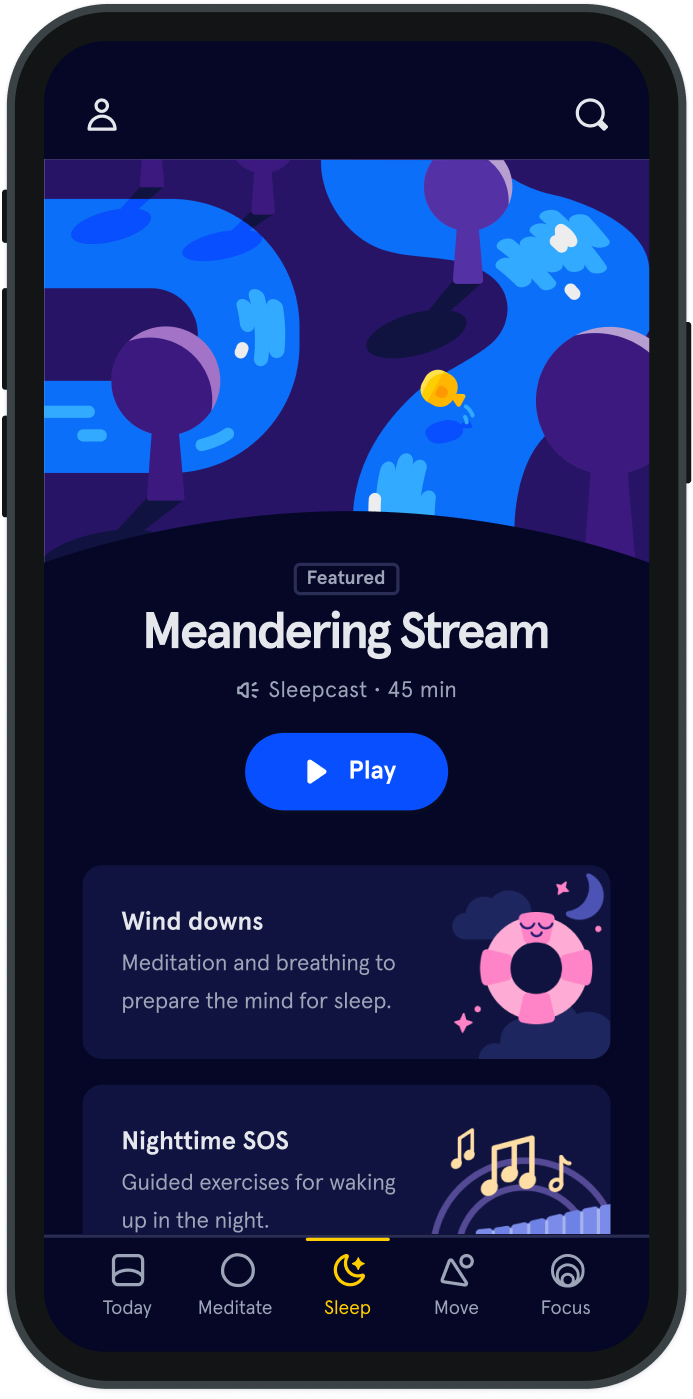Is there a sixth language of love?
When Gary Chapman wrote the New York Times bestseller, “The Five Love Languages”, roughly two decades ago, the idea that each of us conveyed and felt love in different ways wasn’t so clear. Since then, the book has revolutionized the way many think about modern romance, allowing couples to understand and fulfill each other more wholly than ever before.
The five love languages that Chapman outlines are: gifts, quality time, words of affirmation, acts of service, and physical touch. One of the book’s most important takeaways is that even though it’s possible we speak the same love language as our partner, that’s not always the case. “If we have a person who feels love when she’s held and when she’s given gifts, but her partner feels loved when he’s told how great he is and when he’s touched, then they’re not going to feel loved all the time,” says human behavior and relationship expert Patrick Wanis, Ph.D. “When two people have common languages of love, they will experience more love and there will be less emptiness in the relationship.” If two people don’t convey and feel love the same way, it’s necessary to identify your mate’s love language and learn how to speak it. In his book, Chapman notes that we speak and understand our native language best, but the more we use a secondary language, the more comfortable it’ll become. But what if there were another language of love that everyone spoke? Wanis proposes a sixth love language to consider: food. More specifically, preparing and serving food.
And yes, preparing a meal yourself is very different than getting takeout and handing a bag to your partner. The latter is still meaningful, but the former carries more weight. When you’re preparing food for your partner, you’re thinking about their unique tastes, preferences, and desires, and the end goal is to make your partner wholly happy with a customized experience. “It’s an expression of your own person and an expression of how much this other person means to you,” explains Wanis. “We are nourishing and nurturing, and saying to the other person, ‘You’re significant to me. I’m caring for you. I’m providing for you.’” The pleasure your partner derives from this act is key. Not only does it bring your partner joy, but you’ll also experience joy in watching their delight as they engage senses of taste, smell, sight, and touch. The whole experience is very stimulating and serves as a bonding moment from start to finish. On that note, food can also be very sexy. Think about all those movies and magazine photos that depict the act of feeding someone as erotic, says Wanis. He explains that actually bringing a spoon to your partner’s mouth is an act of love, yes, but more than that, an arousing gesture that can even lead to sex. It’s arousing because it draws attention to the mouth and engages your senses; it’s also very personal and intimate. Making food for a loved one “helps us to slow down time, enjoy quality time with our partner, express an act of service, give a gift, and engage all of our senses,” says Wanis. “Remember that regardless of how we define the five or six languages of love, the more that we can engage all of our senses, the greater the experience is going to be, and the more emotionally intense and pleasurable the experience will be.” So maybe food is the sixth love language, maybe it isn’t. Either way, there’s no denying that gifting a home-cooked meal to your mate is an intimate act of love. And, in a world where the drive-thru and scarf-down is par for the course, a departure from an otherwise frenzied schedule is always appreciated.
One could argue that this technically falls into one of the default five languages (most obviously gifts or acts of services). Wanis says food is much more meaningful, though, because it’s an “international language of love” that everyone speaks from birth. “From the moment we are born, what is the first thing we are given?” Wanis asks. “The child is placed at the mother’s breast to be fed, and while the child is being fed, oxytocin is being released and a mother feels a bond with her child.” And yes, preparing a meal yourself is very different than getting takeout and handing a bag to your partner. The latter is still meaningful, but the former carries more weight. When you’re preparing food for your partner, you’re thinking about their unique tastes, preferences, and desires, and the end goal is to make your partner wholly happy with a customized experience. “It’s an expression of your own person and an expression of how much this other person means to you,” explains Wanis. “We are nourishing and nurturing, and saying to the other person, ‘You’re significant to me. I’m caring for you. I’m providing for you.’”
The pleasure your partner derives from this act is key. Not only does it bring your partner joy, but you’ll also experience joy in watching their delight as they engage senses of taste, smell, sight, and touch. The whole experience is very stimulating and serves as a bonding moment from start to finish. On that note, food can also be very sexy. Think about all those movies and magazine photos that depict the act of feeding someone as erotic, says Wanis. He explains that actually bringing a spoon to your partner’s mouth is an act of love, yes, but more than that, an arousing gesture that can even lead to sex. It’s arousing because it draws attention to the mouth and engages your senses; it’s also very personal and intimate. Making food for a loved one “helps us to slow down time, enjoy quality time with our partner, express an act of service, give a gift, and engage all of our senses,” says Wanis. “Remember that regardless of how we define the five or six languages of love, the more that we can engage all of our senses, the greater the experience is going to be, and the more emotionally intense and pleasurable the experience will be.” So maybe food is the sixth love language, maybe it isn’t. Either way, there’s no denying that gifting a home-cooked meal to your mate is an intimate act of love. And, in a world where the drive-thru and scarf-down is par for the course, a departure from an otherwise frenzied schedule is always appreciated.



Be kind to your mind
- Access the full library of 500+ meditations on everything from stress, to resilience, to compassion
- Put your mind to bed with sleep sounds, music, and wind-down exercises
- Make mindfulness a part of your daily routine with tension-releasing workouts, relaxing yoga, Focus music playlists, and more
Meditation and mindfulness for any mind, any mood, any goal

Stay in the loop
Be the first to get updates on our latest content, special offers, and new features.
By signing up, you’re agreeing to receive marketing emails from Headspace. You can unsubscribe at any time. For more details, check out our Privacy Policy.
- © 2025 Headspace Inc.
- Terms & conditions
- Privacy policy
- Consumer Health Data
- Your privacy choices
- CA Privacy Notice
